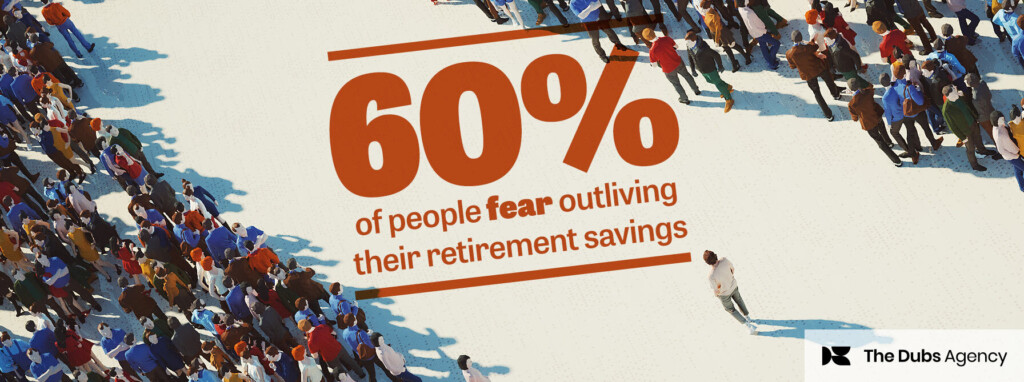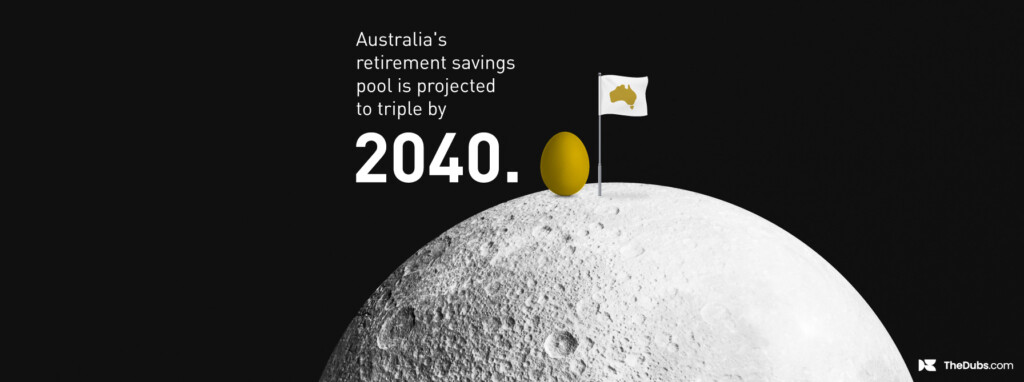It’s a neat PR idea that Spotify and Ancestry.com announced jointly in September 2018 – Spotify playlists that reflect your DNA. But far from being just a gimmick, it’s a great example for financial services brands on the impact of personalised content.
How does it work? Go to Ancestry.com, pay US$99 and do the saliva swab test. They’ll send you a summary of the ethnic regions your forebears hailed from. From there you manually type in the top five regions from your summary into a Spotify custom playlist generator and it selects tracks that represent the cultures of your ancestors, ready for you to explore.
All kinds of lofty ambitions have been ascribed to this “first-of-its-kind” partnership. According to Vineet Mehra, executive vice president and chief marketing officer at Ancestry, it’s giving people a fresh way to “explore their heritage through music – something that is a source of identity, expression and community in cultures across the globe”.
For Spotify, it’s another opportunity to talk personalisation. As Danielle Lee, Spotify’s global head of partner solutions put it, “Our users have come to love and expect personalised experiences on Spotify that help them to discover new music and cultures.”
Spotify’s personal advantage
At a 2015 conference, Brian Benedik, Spotify’s vice president of North American advertising and sales talked about how they were gathering data on “what people are listening to, where, and in what context. It really gives us insight into what these people are doing.” Every day Spotify are learning about users’ ages, genders and locations; they can even tell if a user is having a barbeque at home because they’re accessing barbeque-themed playlists.
All of this amazing data that we have, this first-party data that we’re able to use, this makes what we do with content so much more exciting.
In a 2016 presentation titled “How Spotify Uses Data to Make Content Smarter and More Social”, Spotify’s global creative director Rich Frankel explained that, “All of this amazing data that we have, this first-party data that we’re able to use, this makes what we do with content so much more exciting.” With 83 million paying users worldwide and 35 million songs on offer, you can see how that might be possible.
DNA in the battle of Spotify vs Apple Music
The Ancestry playlists come at a time when Spotify is pulling out the stops to grow its base of paid subscribers. It’s also trying to catch up with Apple Music who by July 2018, claimed they’d overtaken Spotify in paid subscriber numbers in the US market.
Along with announcing the DNA playlists in September, Spotify also tripled the number of tracks users can download per device (from 3333 to 10,000) and increased the number of devices users can download to (now up to five devices), which has made for some happy subscribers. Earlier in 2018, Spotify introduced the ad-supported Free on Spotify, which offers personalisation features on the free mobile app, something that was previously only available to paying subscribers. Spotify realises the value in offering more for free.
Brand partnerships are also strong in the Spotify DNA. They’ve proudly joined forces with Cadillac (integrating with the cars’ infotainment systems), Samsung (to become the go-to music provider on all Samsung devices) and Hulu (bundling with Hulu subscriptions). They’ve partnered with Nike’s running app, and with Red Bull, to showcase their music label, and with Coca-Cola, to create branded playlists.
Lessons for financial brands
- Data. When you see how hard Spotify is working to deliver the most sophisticated personalised content experience to their customers, it highlights the absolute imperative of data. Spotify’s data is potentially worth more than its ad dollars. Collecting user data allows you to improve your product. Personalised marketing, if you get the execution right, vastly improves the customer experience. A better customer experience creates stronger customer loyalty, and in turn, higher customer lifetime value. While some finance brands are getting it right, there is scope to do so much more.
- Partnerships. Heritage playlists are a bit of a gimmick, when you consider that the generic heritage mapped out for you by Ancestry.com might not be very accurate; and with Spotify then choosing artists from those regions it introduces a new level of randomness. But you need only look to the number of Google search results that turn up around Spotify’s Ancestry partnership (pages and pages) to see it has been a PR tour de force. A partnership like this, based around a fresh, bold concept that’s easy to explain in a few words, can help you compete and keep your brand on people’s radars – for the right reasons.
- Emotion. The drive to discover your origins is a strong one; a lot of people take their ancestry research very seriously; and it’s an easy subject to get emotional about, finding out where your forebears come from and what they’ve lived through. If you can tie your content into something that people care about, into something as emotional and primal as their ethnic origins, you’re starting from a good place.
- Freebies. It took a few years, but Spotify came to realise that offering more for free (e.g., their Free on Spotify mobile app) was a greater incentive for users to upgrade to the premium option. And while premium users are more profitable than free users, that will probably change – and soon, thanks to the value of data.









